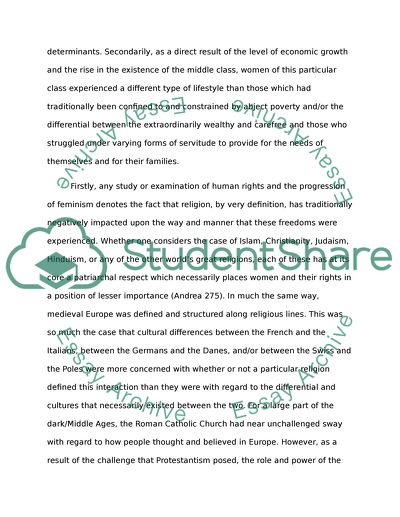Cite this document
(“Did women have a Renaissance in Early Modern Europe Essay - 1”, n.d.)
Retrieved from https://studentshare.org/history/1482968-did-women-have-a-yprenaissancey-in-early-modern
Retrieved from https://studentshare.org/history/1482968-did-women-have-a-yprenaissancey-in-early-modern
(Did Women Have a Renaissance in Early Modern Europe Essay - 1)
https://studentshare.org/history/1482968-did-women-have-a-yprenaissancey-in-early-modern.
https://studentshare.org/history/1482968-did-women-have-a-yprenaissancey-in-early-modern.
“Did Women Have a Renaissance in Early Modern Europe Essay - 1”, n.d. https://studentshare.org/history/1482968-did-women-have-a-yprenaissancey-in-early-modern.


